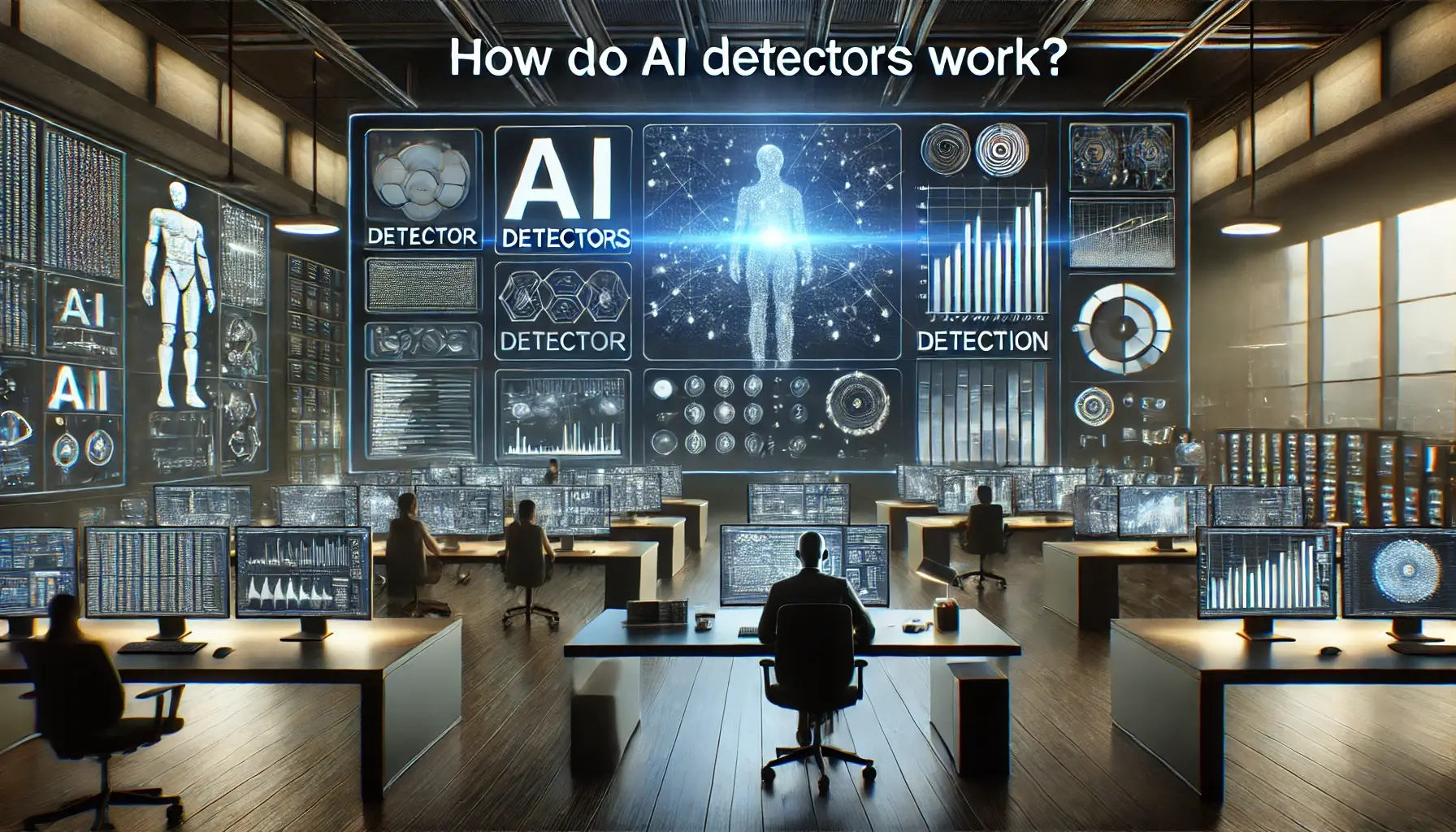AI Detector: Protecting Authenticity in the Age of Artificial Intelligence

Artificial intelligence has become a major force in today’s digital world. From chatbots that answer questions to software that generates entire essays or images, AI tools are now everywhere. While this innovation has brought incredible opportunities, it has also created a new challenge: how do we know whether what we’re reading, watching, or hearing was created by a human—or by a machine?
This is where the AI detector steps in. Acting as a digital safeguard, it helps separate authentic human expression from machine-generated content.
What is an AI Detector?
An AI detector is a specialized tool designed to identify whether content—such as text, images, or audio—was generated by artificial intelligence. Just as plagiarism checkers highlight copied passages, an AI detector highlights machine-created material.
The purpose isn’t necessarily to punish or criticize the use of AI, but rather to bring transparency. By revealing whether something was AI-generated, detectors give people the ability to make informed decisions about what they consume or trust.
Why Do We Need an AI Detector?
The need for AI detectors has grown alongside the rapid advancement of technology. Here are the key reasons they have become essential:
-
Academic Integrity – Many students turn to AI writing tools for essays. An AI detector ensures that academic work is genuinely the student’s own.
-
Content Authenticity – Businesses, journalists, and marketers want to know if their sources are human-created or AI-produced.
-
Misinformation Control – Fake news, deepfake videos, and AI-generated social media posts can spread quickly. Detectors help prevent manipulation.
-
Cybersecurity – AI-generated phishing emails and scams are becoming more convincing. Detection tools help identify them.
-
Creative Protection – Writers, designers, and artists deserve credit for their originality. An AI detector helps protect human creativity.
How Does an AI Detector Work?
At first glance, AI-generated content may seem flawless, but detectors are trained to notice the subtle details that reveal its origin.
-
Text Analysis: Human writing usually contains emotion, variation, and unpredictability. AI-generated writing often has overly polished grammar, repetitive sentence structures, or unusual word patterns.
-
Image Detection: AI-generated images sometimes show unnatural details, strange lighting, or distortions that the human eye rarely produces.
-
Audio/Voice Recognition: Synthetic voices may sound smooth but lack the natural pauses and imperfections of real speech.
-
Statistical Comparison: Detectors use machine learning to compare the suspected content with huge datasets of both human and AI material.
Interestingly, many AI detectors are themselves powered by artificial intelligence—fighting AI with AI.
Benefits of Using an AI Detector
The role of an AI detector is not to demonize AI but to ensure ethical and transparent use. When applied responsibly, it offers several advantages:
-
Trust and Credibility: People feel more confident knowing the content they consume has been verified.
-
Education and Learning: Students are encouraged to think critically rather than relying solely on machines.
-
Stronger Brands: Companies can maintain credibility by verifying the authenticity of their communication.
-
Safer Online Spaces: Detecting AI-generated scams helps protect individuals and organizations from fraud.
Challenges Facing AI Detectors
Like any technology, AI detectors are not perfect. They face significant challenges, including:
-
Constantly Evolving AI Models: New AI systems are becoming so sophisticated that even advanced detectors can struggle to keep up.
-
False Positives: Sometimes, human-created content is incorrectly flagged as AI-generated, which can be frustrating.
-
Accessibility: Not all schools, businesses, or individuals have access to the best AI detectors.
-
Ethical Concerns: Where should the line be drawn? Is AI-assisted writing acceptable, or does it count as AI-generated?
These challenges show that while detectors are crucial, they must be paired with thoughtful policies and awareness.
The Future of AI Detectors
The future of AI detectors is bright and necessary. We can expect them to become more accurate, widely available, and integrated into platforms we use every day.
Imagine:
-
Submitting a university essay and instantly receiving a report on whether it shows AI influence.
-
Browsing social media and seeing a small label under a photo stating: “AI-generated.”
-
Reading a news article with a verification badge confirming it was written by a human.
Such advancements will not only protect authenticity but also guide ethical use of artificial intelligence.
Conclusion
Artificial intelligence is no longer a distant possibility—it’s shaping the present. But with its rise comes the risk of confusion, misinformation, and loss of originality. The AI detector provides a powerful solution by shining a light on the hidden fingerprints of AI.
Far from being an obstacle, AI detectors empower us to embrace technology with responsibility. They protect creativity, ensure transparency, and help society strike a balance between innovation and authenticity.
In the digital age, where the boundary between human and machine-made content continues to blur, an AI detector isn’t just useful—it’s essential. It ensures that truth, originality, and trust remain at the core of our online world.
- Art
- Causes
- Crafts
- Dance
- Drinks
- Film
- Fitness
- Food
- Jogos
- Gardening
- Health
- Início
- Literature
- Music
- Networking
- Outro
- Party
- Religion
- Shopping
- Sports
- Theater
- Wellness


